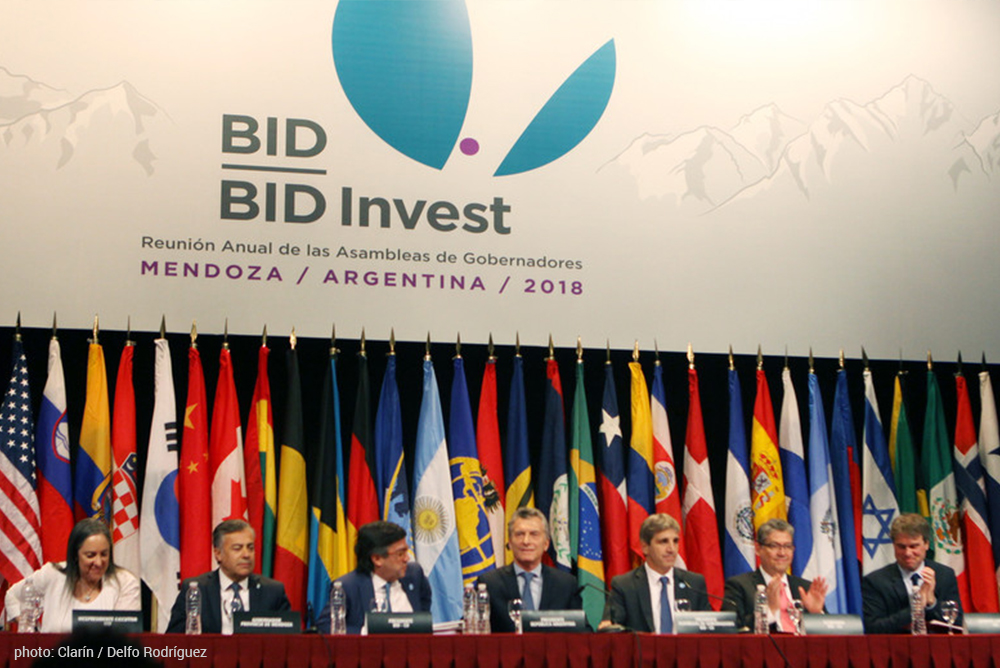This opinion editorial was written by former President of Mexico Felipe Calderón and originally appeared in Spanish in Clarín.
This week, finance leaders from across Latin America gathered in Mendoza for the Inter-American Development Bank’s (IADB) annual board meeting. They discussed solutions to the biggest challenges in our region – health, energy, employment – and how to pay for them.
No challenge is greater than education. In the past 25 years, we have dramatically expanded access to education but many of our children are not learning. According to a recent poll by IPSOS, 56% of Argentinians believe that education is worse than it was ten years ago.
The 2015 Program for International Students Assessment (PISA), an evaluation of how 15-year-olds in 72 countries perform in mathematics, reading, and science, revealed that students from our region are lagging behind much of the world. This poor performance masks tremendous inequalities based on income, race, gender, and geography. According to UNESCO’s Global Education Monitoring Report, 83% of children from the richest families in Latin America and the Caribbean complete secondary school, compared to only 29% of children from the poorest families.
We are part of a global education crisis. According to the 2016 Learning Generation report, by 2030 more than 800 million – half the world’s youth – could leave school without any qualifications of value to the modern labor market. The world needs radical changes to alter this grim course.
Change needs to start now. One of the biggest obstacles to improving education quality is financing. Countries in Latin America and the Caribbean are willing to increase their investments in education, as are many international donors. But even if the most optimistic funding increases are realized, it won’t be enough to ensure that all children are in school and learning.
I’ve been working for years with colleagues from government, civil society, and the private sector – a group known as the Education Commission – to come up with a solution. Our “big idea” is to create a finance mechanism called the International Finance Facility for Education.
The Facility works on two levels. First, it pools donor funds so banks can create a new stream of education financing. Second, it enables low- and middle-income countries – countries like Bolivia, El Salvador, Nicaragua, and Haiti– to take out loans for education at favorable rates, escaping the “debt trap” created by high-interest rates.
IFFEd will multiply donor dollars for much greater impact and could generate enough funding – an additional US$10 billion annually starting in 2020 – to make quality education possible for children across the globe.
The idea is gaining traction with global institutions like the UN and the World Bank, but the IADB and other regional banks are key to making it successful. The IADB can unlock more and better public funding at the country level, and IFFEd can ensure this funding has greater impact.
Argentina is in a unique position to lead education investments and reform. Argentina heads the G20 group of nations this year, and President Macri has already declared that education will be at the top of the agenda. At the World Economic Forum’s Davos meeting, he said he wants to look to the future and “train our children for jobs that don’t yet exist.”
This critical work should start this week. The IADB must think big about changing the way education is financed and support the creation of IFFEd. Among the many things the Latin American and Caribbean region need to deal with, few are as urgent as giving our children the future they deserve, a better future than the one that we lived.
Felipe Calderón is the former president of Mexico and a Commissioner of the Education Commission.

